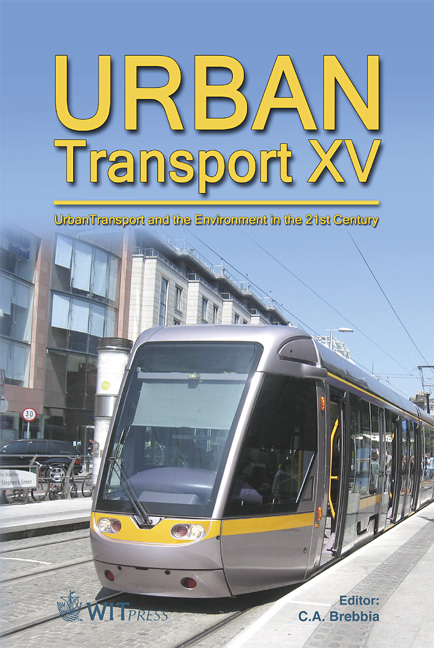Simulation Of Hybrid Buses: A Study Of Fuel Economy And Emissions
Price
Free (open access)
Transaction
Volume
107
Pages
13
Page Range
129 - 141
Published
2009
Size
1063 kb
Paper DOI
10.2495/UT090131
Copyright
WIT Press
Author(s)
H. Fox & E. Eweka
Abstract
The purpose of our project is to assess hybrid buses to see how they may perform under a variety of operating conditions and duty cycles. Technologies we assess are those that have had rigorous evaluations so that a real database can be developed. Clearly, the best way to do so, short of purchasing vehicles, is through simulation. There is a concomitant need to validate any simulation software so that reasonable recommendations can be made. The simulation software we employ is PSAT (Powertrain System Analysis Toolkit) developed by the United States Department of Energy Argonne National Laboratory. PSAT is validated code for automobiles and compares well with tested cars. Our goal is to use PSAT in an urban environment looking at heavy duty transit buses. To do so, we selected several possible hybrid electric buses – several 60 ft vehicles and one 40 ft bus, all with dynamometer data available for comparison – and three duty cycles for implementation. For the latter we use the standard CBD cycle, the Manhattan cycle and a new cycle derived from the Manhattan, which includes hill climbing/descending, that we have named the Jerusalem cycle. Our results, when compared to the vehicle testing, indicate excellent agreement between fuel economy and CO2 emissions. Keywords: hybrid buses, simulations, emissions, PSAT, duty cycles.
Keywords
hybrid buses, simulations, emissions, PSAT, duty cycles





